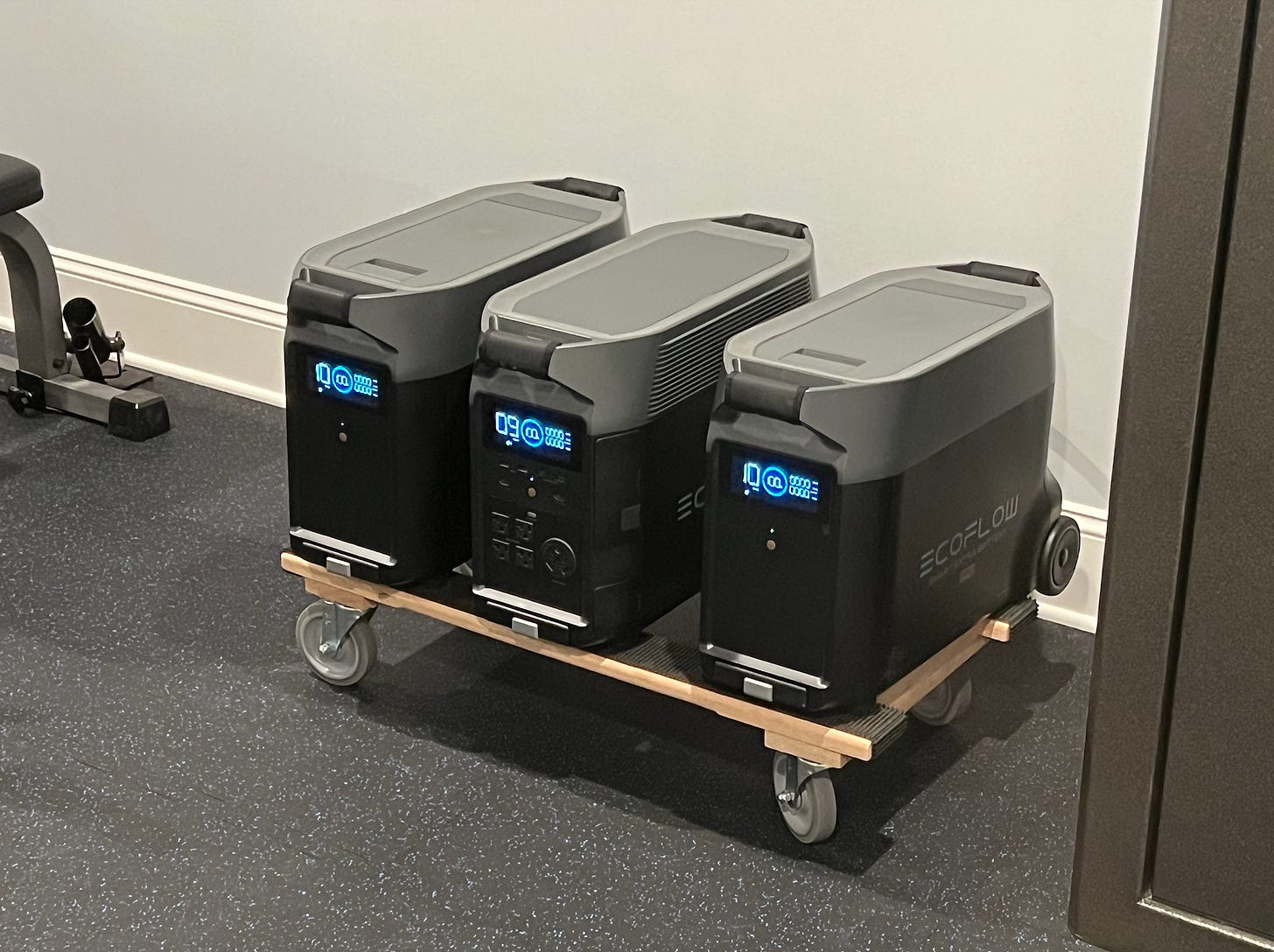Storage Units
A do-it-yourself guide to nullifying the green new math.
“In science, there is only physics; all the rest is stamp collecting.” – Lord Kelvin
In the commodity and materials sectors, new products and processes typically follow a carefully synchronized series of scaling steps before reaching full commercial volumes. Advances developed in the laboratory are piloted in small facilities, after which key findings are fed back to engineering teams. Assuming no showstoppers are found, a market development plant is then constructed to supply enabling customers. Once product-market fit and manufacturing viability are confirmed, construction of a commercial facility commences. At each step, surprises are often encountered, workarounds found, and designs tweaked. No sane company would risk big money by skipping directly to the end.
Given the vital role electricity grids play in modern life, it is astounding that governments the world over are directing trillions of dollars of taxpayer money toward the transition to wind, solar, and batteries without first demonstrating whether a system based solely on those technologies is even viable. For all the talk of decarbonization and kicking fossil fuels to the curb, there is not a single city, region, state, or country that runs a workable grid using exclusively intermittent renewables and storage. Blogger Francis Menton of Manhattan Contrarian has been calling for such a demonstration for some time, correctly predicting disastrous results should it occur:
“It doesn’t take a genius to figure out why the costs explode. They can build thousands of wind turbines and solar panels, but they can’t get rid of any of the dispatchable power plants because they are all needed for backup. So now they are paying for two duplicative systems. Then they must pay the dispatchable plants enough to cover their capital costs at half time usage. Then they must buy the fossil fuels for backup on spot markets where production has been suppressed by, for example, banning fracking….
Nobody would be happier than me to see a demonstration project built that showed that wind and solar could provide reliable electricity at low cost. Unfortunately, I know too much about the subject to think that that is likely, or even remotely possible. But at least the rest of us need to demand a demonstration project from the promoters of these fantasies.”
Menton correctly fingers the culprit. The amount of storage needed to ensure grid reliability when renewables decide not to show up for work is cost-prohibitive in all reasonable scenarios, with the possible exception of places like Norway, Quebec, and Uruguay, where hydroelectric dams have a dominant share in generation. In those narrow circumstances— hydroelectric power is not scalable globally—water levels behind dams naturally act as giant batteries, allowing grid operators to incorporate more wind and solar than is typically possible. Even then, extended droughts or excessive flooding can spoil the party.
Proponents of renewables argue that battery costs are coming down and, once enough of them are installed, intermittency can be solved. But just how much storage would be needed and at what expense? These are the questions a demonstration project would answer, of course, and the empirical results would surely deal a death blow to the green energy agenda. It is hardly an unsolved mystery why no one supporting the transition seems all that anxious to run the experiment.
That governments refuse to do the science does not preclude individuals from performing such trials at the dwelling level, something the Doomberg team has been undertaking for much of the past year. In January, we took possession of a cutting-edge battery system—a 3600-watt-hour (Wh) ECOFLOW Delta Pro with two extra 3600 Wh batteries. Ringing in at approximately $5,000, the purchase was anything but cheap, although the value is solid with a powerful total backup capacity of 10,800 Wh. The interface is smooth and intuitive, the batteries link together via powerful cables, and the control system smartly balances load management and recharge rates across the three units for optimal performance. (Doomberg is not sponsored by ECOFLOW, we researched and paid for the units ourselves, and we came to our conclusions about these products as fully independent analysts.)
Armed with a suitably large electricity buffer, we set about the task of measuring just how much insurance against grid disruptions such an expenditure secures. For how long could a house connected to a unicorn grid persist with this setup if the sun wasn’t shining and the wind wasn’t blowing? How many of these systems would be required to insure against a prolonged period of Dunkelflaute? Let’s find out.



